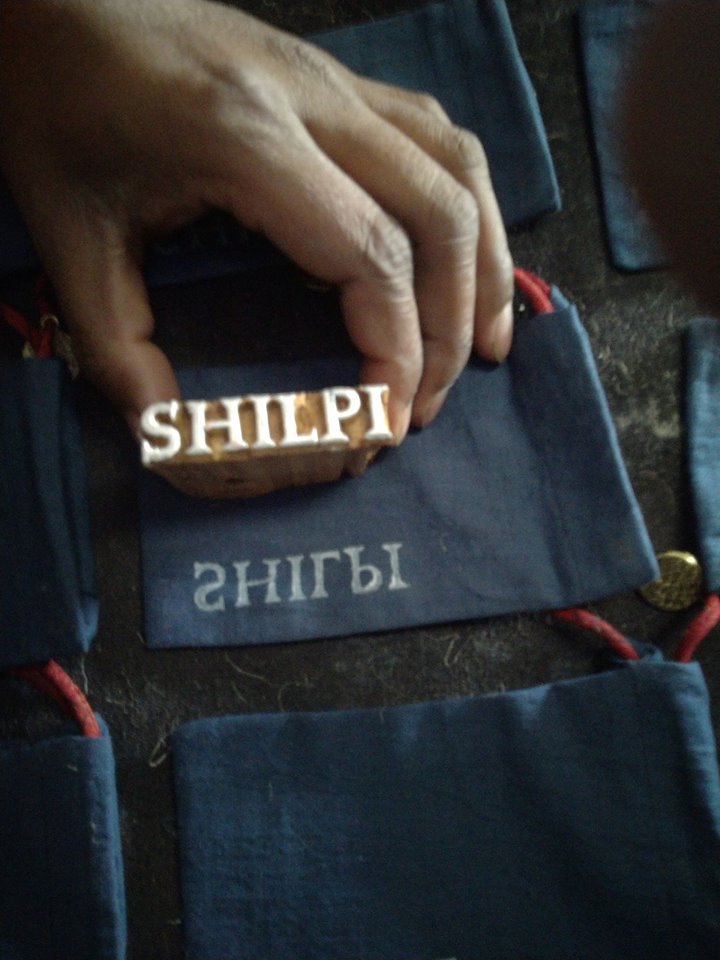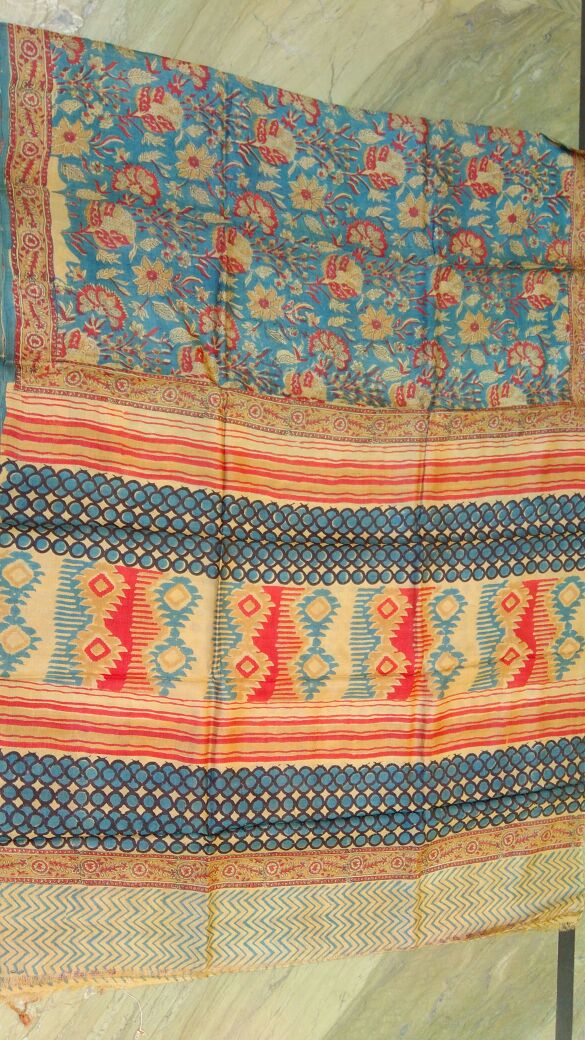मैं एक कारीगर हूँ और प्राकृतिक इंडिगो डाई का काम करता हूं, जैविक प्राकृतिक नील रंग से रंगाई करता हूँ, यह बहुत श्रम साध्य कार्य है, मुझे आवश्यकता महसूस हो रही है कि प्राकृतिक रंगों के उपयोग को आधुनिकीकरण की आवश्यकता है।
प्राकृतिक रंगों के उपयोग को बढावा देने के लिए किसानों को नील की खेती के लिए प्रोत्साहित करके पर्यावरण को संतुलित किया जा सकता है।
learning and growing
organic indigo
शिल्पी संस्थान ( जो कि एक गैर सरकारी संस्थान है ) राजस्थान में जैविक नील की खेती और उसके उपयोग पर गत तीन वर्ष से बिना किसी बाहरी सहायता के कार्य कर रहा है जिसके परिणाम स्वरूप अल्प समय मैं शोध कार्य पूरा कर जैविक नील कि खेती और उसके उपयोग को बढावा देने के लिए जानकारी निशुल्क उपलब्ध करा रहा है , इस संदर्भ मैँ किसी को भी और अधिक जानकारी प्राप्त करनी हो तो बिना किसी संकोच के मुझे +919314505805 पर सम्पर्क करे या shilpi.brij@gmail.com लिखे
मैं वास्तव में एक प्रामाणिक व्यक्ति हूं जो प्राकृतिक इंडिगो प्रिंटिंग और रंगाई के बारे में लोगों को शिक्षित कर रहा हूँ ।
I
am indeed one of the authentic person who is educating people about natural
IndiGo printing and dyeing.
Welcome
all for free seeds of Indigofera tinctoria,
मैं पारिस्थितिक प्रदूषण के आगमन और दुनिया पर उनके खतरनाक प्रभावों के
बारे में बहुत सचेत हूं। वनस्पति रंगों द्वारा हाथ ब्लॉक छपाई को बढ़ावा देने और लगातार जारी रखने के लिए राजस्थान में प्राकृतिक इंडिगो की खेती को पुनर्जीवित करके एक बड़ी उपलब्धी हासिल की है।
प्रिय नील मित्रों, खुश-खबरी अब हम प्राकृतिक नील का माट जैविक तरीके से वीडियो कॉन्फ्रेंसिंग से भी तैयार करा सकते है और वो भी पूर्णतया मुफत् में, फायदा ले लो येह ऑफर सिर्फ 2018 के लिए है इसके बाद मोटा शुल्क लगेगा | Happy IndiGo Days,Maintaining an Indigo Vat :-the maintenance of an indigo vat is a blend of art and science. As the user gains familiarity with the process, this becomes more intuitive. A key part of ensuring acceptable results from the vat is making sure that it stays in strong “reduction” and this can only be accomplished by observing the vat’s color and surface as an indication of it’s health and reacting appropriately when action is required. Keeping records of the status of the vat and the changes that you make will help in building a “history” that will create comfort and expertise with the indigo process.
Does the cultivation of
indigo destroy soil fertility ???? क्या नील
(indigo) की खेती जमीन की उर्वरकता नष्ट करती है ????
नही जबकी सत्य यह है कि नील की खेती नाइट्रोजन छोडती है जो कि आगे कि खाद्यान्न की फसलों के बढ़ने को बढ़ावा देता है।
Indigo
cultivation is good for the soil and the farmer. At least two crops can be
grown and harvested per year in combination with wheat, corn and other staples.
The nitrogen that indigo releases back into the soil further promotes the
growing of food crops. There are over 275 varieties of plants that have usable
amounts of indigo in their leaves. Indigo is easy to grow and it has
naturalized in diverse climates all over the world.
Explore the magic of
Natural INDIGO.प्राकृतिक इंडिगो का जादू
सिर्फ सूंघ कर ही नही छूकर भी महसूस होता है कि यह शुद्ध नीला सोना ( pure blue gold ) है A much loved colour that has a deep and complex past- Blue+Natural+INDIGO
Explore the magic of Natural INDIGO.प्राकृतिक इंडिगो का जादू
सिर्फ सूंघ कर ही नही छूकर भी महसूस होता है कि यह शुद्ध नीला सोना ( pure blue gold ) है A much loved colour that has a deep and complex past- Blue+Natural+INDIGO
Explore the magic of Natural INDIGO.प्राकृतिक इंडिगो का जादू
Dear IndiGo friends, If you
wish to practically see the process of Natural IndiGo farming and hand block
printing and dyeing, we advise you to make a visit to our workshop
village(Ratliya) in Sanganer Jaipur Rajasthan India.
INDIGO
BLOCK PRINTS
The
history of Indigo is derived from the leaves of a plant, ‘Indigo Fera
Tintoria’. Dyeing takes a lengthy process, but when it is completed it is worth
the wait. It is no doubt that the process is complex, but that’s how you get
the finest Indigo fabric in the market.
One
of the benefits of advanced dyeing is that the print on the fabric is dusted
with saw dust, which prevents smudging till the fabric is completely dry. After
the cloth is dried, it is placed under the sun and then the process of dipping
in the vat takes place.
Once
the cloth is drawn, it turns greenish; however if exposed to the air, the
Indigo is oxidized and reaches its original blue state. With every repeated
step of this process of exposing the fabric to the air, you will get darker
shade of blue. Sometimes, the cloth is reprinted with a different block in
order to get a light blue pattern before the dipping takes place.
When
the fabric reaches the desirable shade of blue, it is washed to remove any
unwanted indigo that is not required for the final output. The entire process
and technique takes about 6 days to complete. Once the task is accomplished,
the entire vat is emptied and cleaned to remove sand and dirt.
The
process takes over again to get fine Indigo fabric.































































































































































































































































































































































This comment has been removed by the author.
ReplyDelete